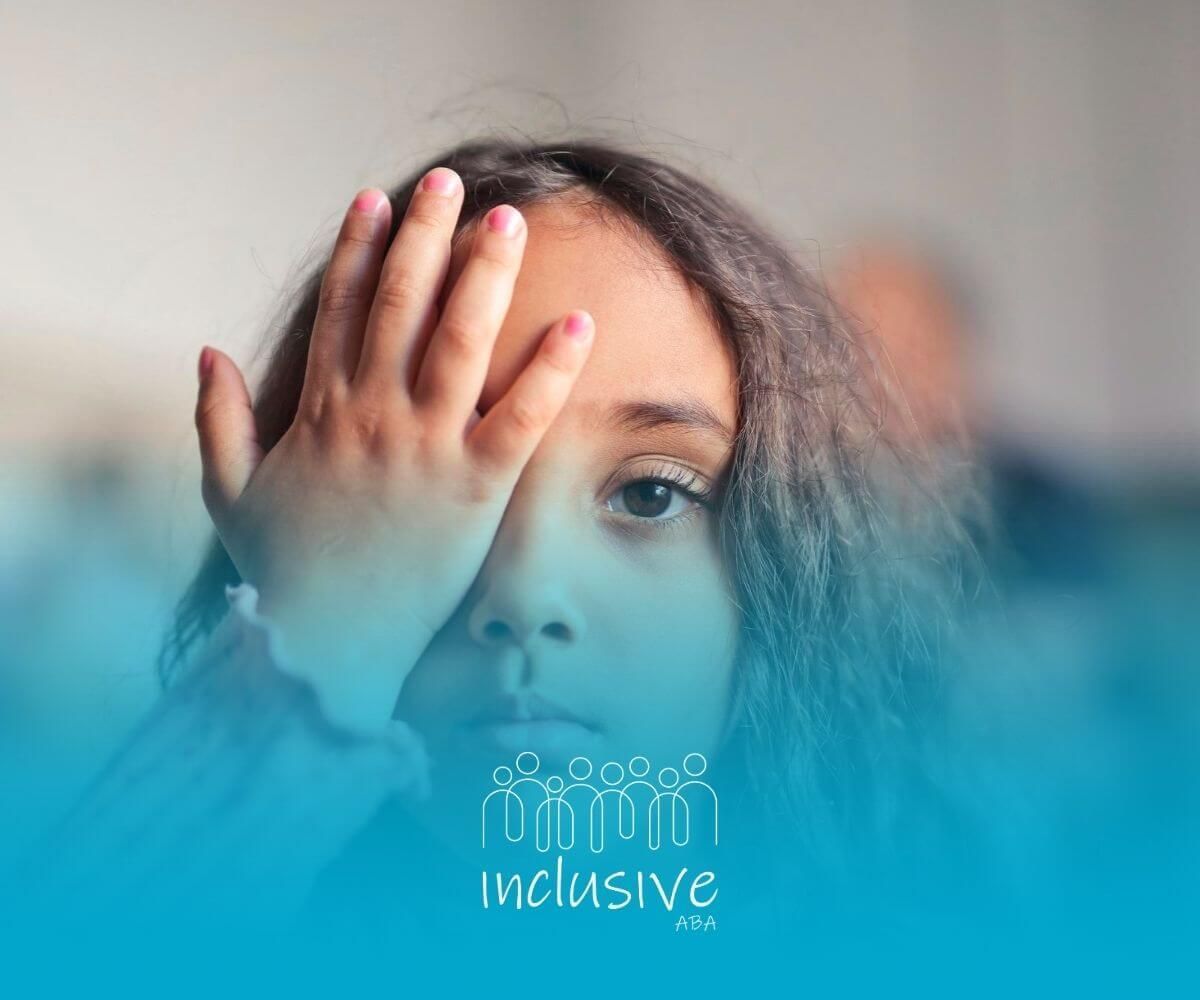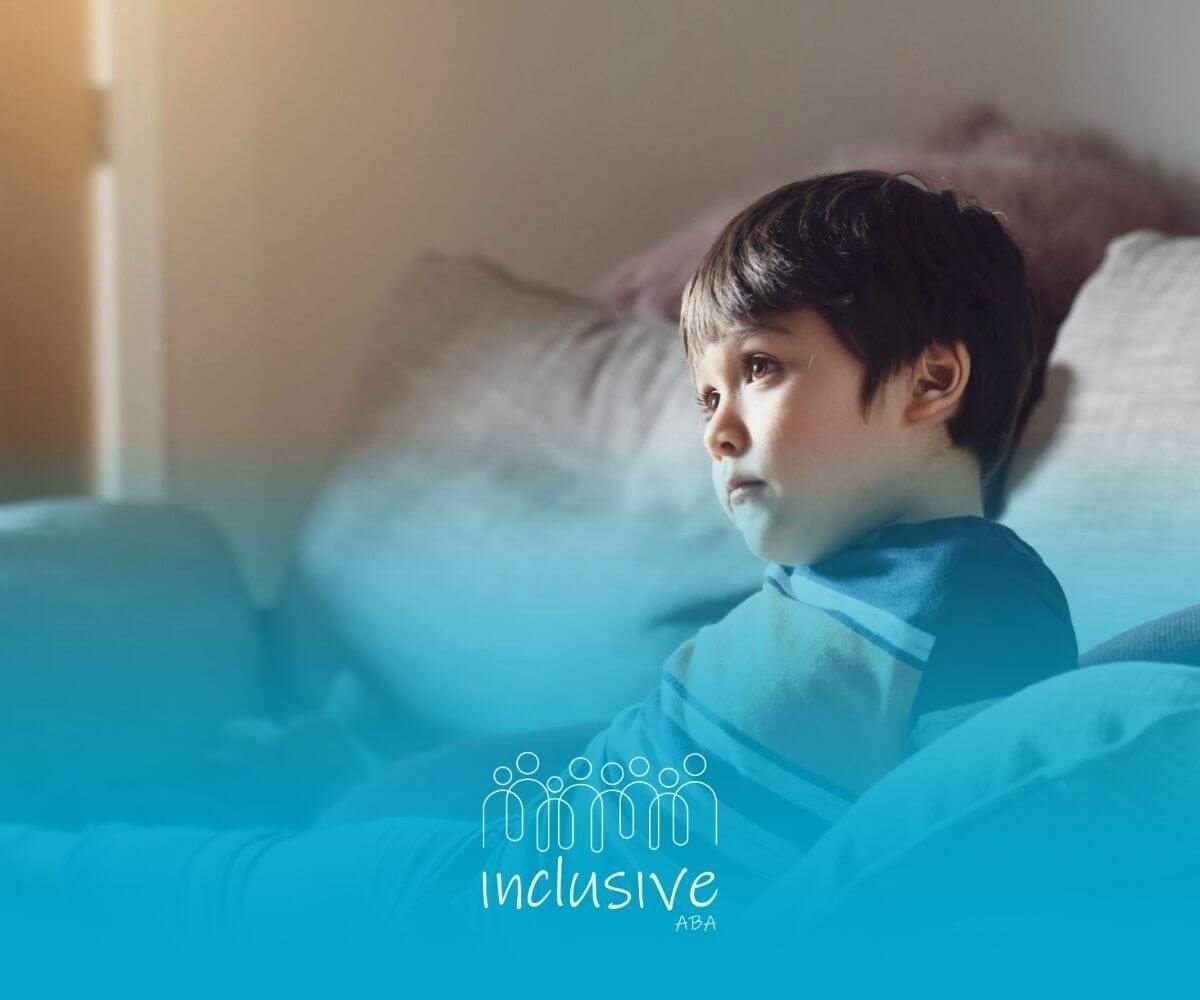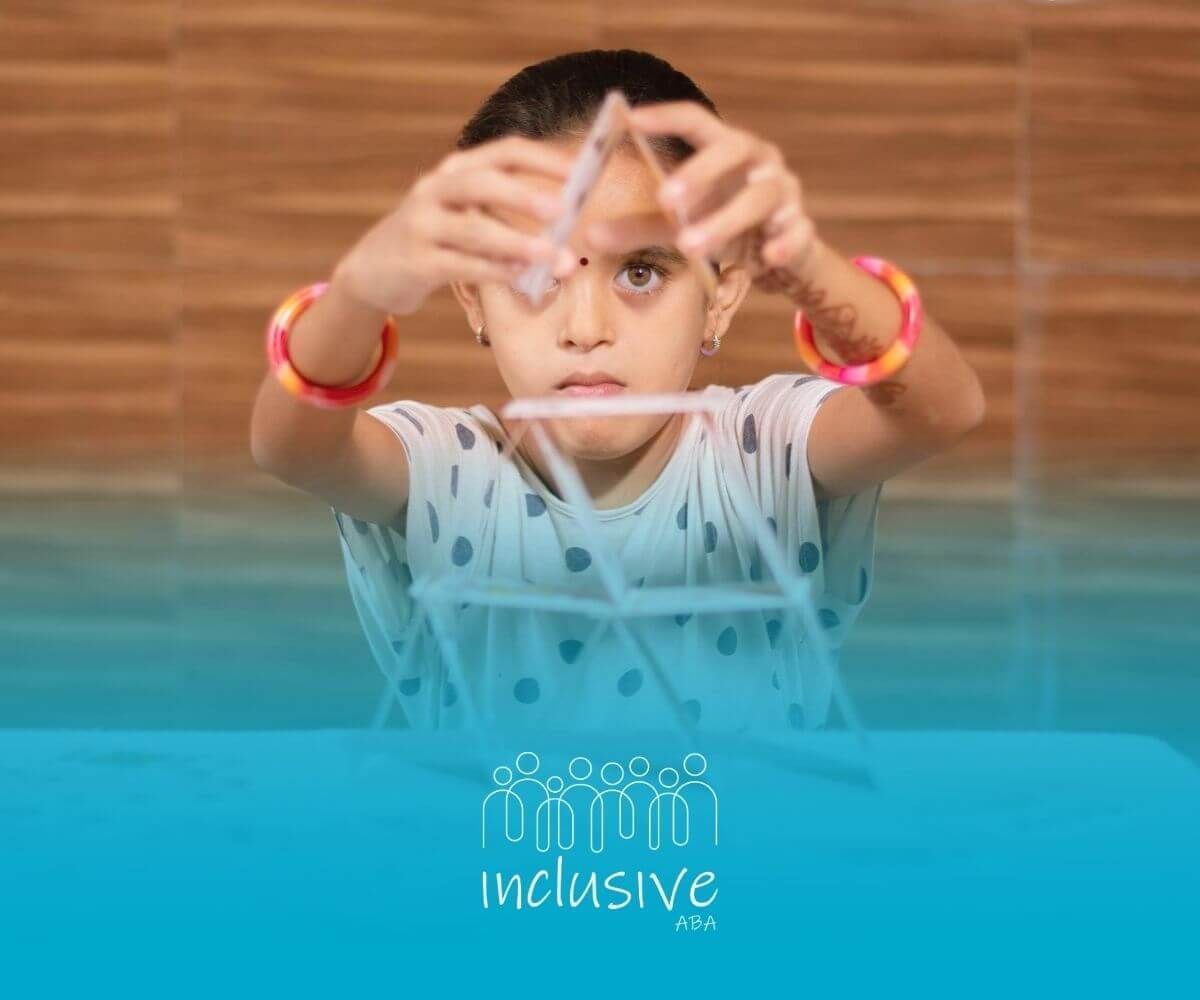Transforming Environments with Noise-Canceling Headphones for Autism
Many individuals on the autism spectrum experience amplified responses to everyday noises. Hyperacusis, an exaggerated sensitivity within auditory pathways, contributes to anxiety and sensory overload in these individuals. Noise-canceling headphones can ease these challenges, creating a calmer and more predictable environment. This article examines the technology behind noise-canceling devices and outlines key selection criteria. It reviews leading models and offers guidance for seamless integration in learning and social settings.
Understanding Noise Sensitivity
Sensory Overload In Autism
Autistic individuals often face sensory over-responsivity, struggling to filter incoming stimuli. This difficulty can trigger hyper-reactions to sounds that most people ignore. Research shows that hyperacusis is commonly identified in children with autism spectrum disorder, leading to disproportionate emotional and physical responses.
Effects On Daily Life
Uncontrolled noise sensitivity can disrupt classroom activities, social interactions, and family routines. In noisy environments like cafeterias or public transit, stress levels rise and focus declines. Caregivers and educators frequently recommend noise-canceling solutions to reduce distressing sounds and support engagement.
Exploring Noise-Canceling Technology
Active Versus Passive Reduction
Active noise cancellation (ANC) uses microphones to capture ambient sounds and emits opposing waves to cancel them. It is most effective at blocking low-frequency noises such as engine hums. Passive noise isolation relies on physical barriers like ear cushions or sealed earpieces to block ambient noise without electronics. Both methods offer benefits, but ANC typically achieves deeper noise reduction.
Key Features To Consider
- Microphone Array and Processing Power:
More microphones and advanced processors deliver stronger cancellation, especially in dynamic environments.
- Battery Life and Charging Options: Extended battery runtimes prevent mid-day interruptions. Fast charging or USB-C compatibility adds convenience.
- Wireless Versus Wired Connectivity:
Wireless headphones avoid cable tangles but may introduce latency. Wired models often deliver more consistent performance and reliability.
- Portability and Foldability: Collapsible designs and carrying cases support use across multiple settings.
Evaluating Headphone Styles
Over-Ear Models
Over-ear headphones enclose the entire ear, offering superior passive isolation and comfort. Soft, replaceable cushions and padded headbands help maintain pressure at tolerable levels for extended wear. Many families prefer this style for long sessions at home or school.
In-Ear And On-Ear Options
- In-Ear Designs:
Compact and less obtrusive, in-ear buds can fit under hoods or helmets. Custom eartips improve passive isolation but may feel invasive for some users.
- On-Ear Designs: Smaller than over-ear options, they rest directly on the ear. They offer a middle ground between portability and isolation, but can cause pressure points over time.
| Style | Isolation Method | Portability | Comfort Level | Ideal Use |
|---|---|---|---|---|
| Over-Ear | ANC + Passive | Moderate | High for long wear | Classrooms, travel |
| On-Ear | Passive | High | Medium | Brief outings |
| In-Ear | Passive | Very High | Variable by fit | Short tasks, active play |
Reviewing Top Headphone Brands
Bose QuietComfort 45
Bose QuietComfort 45 headphones feature adaptive ANC that adjusts to changing noise levels. Touch-control adjustments allow wearers to manage cancellations discreetly. With up to 24 hours of battery life, these headphones support full school days. Numerous tiny microphones measure ambient noise and generate opposing signals to maintain a quiet user experience.
Sony WH-1000XM5
Sony’s flagship model uses a powerful QN1 processor to reduce background noise. It offers up to 30 hours of continuous playback when both Bluetooth and ANC are active. Lightweight ear cushions and headband adjustments provide comfort tailored to individual head shapes.
Puro Sound Labs BT2200
Designed with young ears in mind, the BT2200 adheres to the World Health Organization’s 85 dB volume limit. These over-ear headphones deliver passive noise cancellation while ensuring safe listening levels. They are a strong choice for caregivers prioritizing hearing protection.
Budget-Friendly Choices
These options allow families on a budget to try noise-reducing solutions before investing in premium models.
Assessing Comfort And Fit
Adjustable Headbands
A flexible, adjustable headband helps distribute pressure evenly. Look for models with ratcheting sliders that fine-tune tension. This feature ensures a secure fit without causing headaches or skin irritation.
Cushioning And Materials
- Memory Foam Ear Cups:
Conform to ear contours and reduce pressure points.
- Breathable Fabrics: Minimize heat buildup during extended use.
- Waterproof or Sweat-Resistant Coatings: Protect against damage in humid or active settings.
Proper fit prevents sound leakage and maximizes noise reduction. Trial periods or adjustable padding kits can help find the ideal configuration.
Considering Safety And Limits
Recommended Decibel Thresholds
Children’s headphones should limit volume to 85 dB to protect sensitive hearing. This threshold aligns with World Health Organization guidelines for safe exposure. Volume-limiting functions provide peace of mind for caregivers.
Volume Limiting Functions
Electronic volume limits lock output levels, preventing accidental over-amplification. Some models include companion apps for caregivers to set and monitor listening duration and levels remotely. These tools reduce the risk of hearing damage and promote healthy listening habits.
Integrating Headphones In Settings
Classroom And School Settings
Educators can designate quiet zones where noise-canceling headphones are allowed. Pair headphone use with visual schedules to signal appropriate times for breaks or group discussions. Collaboration between teachers and therapists ensures consistent strategies across environments.
Public Transport And Outings
In buses or crowded venues, headphones create a personal sanctuary for individuals with sensory sensitivities. Lightweight, secure designs prevent slippage during movement. A brief headphone break can transform a stressful commute into a calmer experience.
Home And Study Areas
During homework or reading time, noise-canceling headphones help maintain focus. Placing study stations away from high-traffic zones further reduces interruptions. Parents can encourage short removal breaks to promote auditory tolerance and prevent over-reliance.
Supporting Effective Usage
Training And Habituation Tips
- Introduce headphones gradually, starting with short sessions to build tolerance.
- Pair headphones with preferred activities or sensory tools.
- Allow personalization through color-coded or decorated ear cups.
Monitoring And Adjusting Usage
- Observe behavioral cues, such as removal attempts or increased agitation.
- Track usage patterns and adjust session lengths accordingly.
- Collaborate with therapists to integrate headphone use into broader sensory diets.
Consistent monitoring ensures headphones remain a supportive tool rather than a barrier to communication.
Conclusion
In summary, noise-canceling headphones offer a practical solution for individuals on the autism spectrum coping with sensory sensitivities. By understanding the underlying technology, comparing styles, and assessing comfort and safety features, caregivers and professionals can select devices that meet specific needs. Thoughtful integration in classrooms, public spaces, and home environments fosters calm, focus, and participation. With gradual training and careful monitoring, these headphones can transform challenging settings into supportive spaces where individuals with autism can thrive.
At Inclusive ABA, we recognize how overwhelming sensory challenges like noise sensitivity can be for children with autism. Our ABA programs in Nevada, Nebraska, and Colorado integrate practical tools such as noise-canceling headphones into therapy plans that build calm, focus, and confidence. By tailoring strategies to each child’s environment at home, in school, and in the community, we help them feel safe, engaged, and empowered.
Contact us today to learn how our individualized ABA therapy can support your child’s sensory and developmental needs.
Frequently Asked Questions
Do noise-canceling headphones help children with autism?
Yes. Noise-canceling headphones reduce overwhelming sounds, which helps children with autism feel calmer, more focused, and better able to participate in activities at home, school, or in public.
Can noise-canceling headphones be used during ABA therapy?
Absolutely. ABA therapists often incorporate noise-canceling headphones into treatment plans to reduce sensory overload and gradually help children build tolerance to different environments.
What should parents look for when choosing headphones for a child with autism?
Parents should consider comfort, adjustable fit, volume-limiting safety features, and style. It’s also helpful to introduce headphones gradually and monitor how the child responds.
SOURCES:
https://pmc.ncbi.nlm.nih.gov/articles/PMC6863142/
https://www.autismparentingmagazine.com/choosing-noise-canceling-headphones/
https://purosound.com/blogs/the-sound/6-autism-friendly-noise-canceling-headphones-to-buy
https://pmc.ncbi.nlm.nih.gov/articles/PMC11825718/
https://nationalautismresources.com/headphones/?srsltid=AfmBOorrDRB3WNCzxfiP-T83AiJPXPABoFg_VrNguhoH6PKi63WMhFDn
Looking for Expert Help? We're Here for You!
Our compassionate and skilled team is devoted to enhancing your child's development through customized ABA therapy. Let us partner with you to create a supportive environment for your child's success.
Discover how we can help your family thrive with expert ABA therapy.
Related Posts







